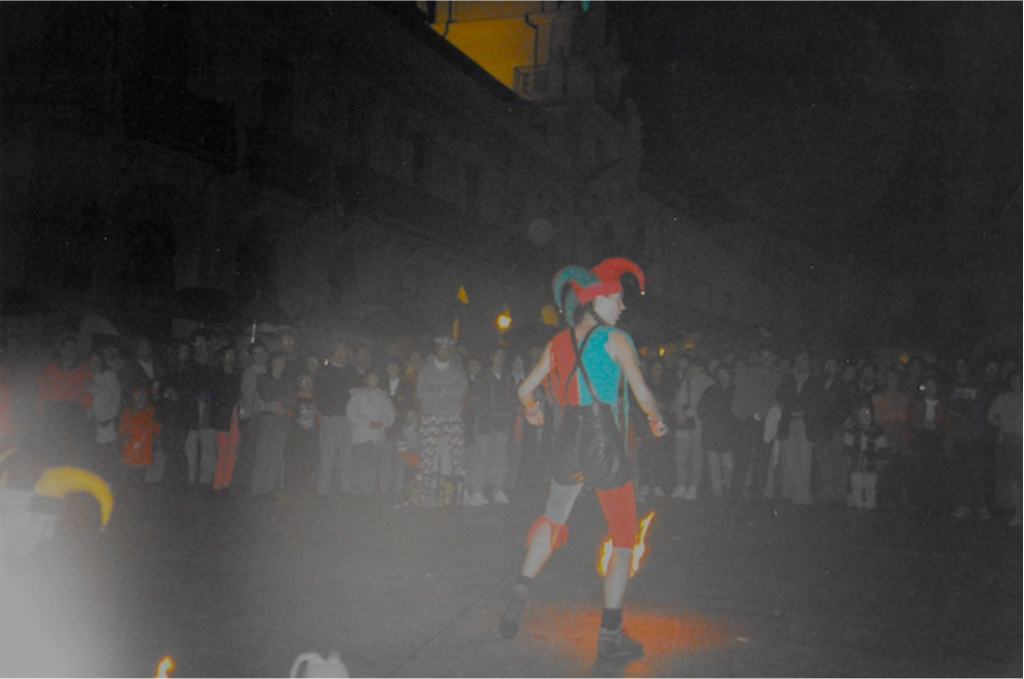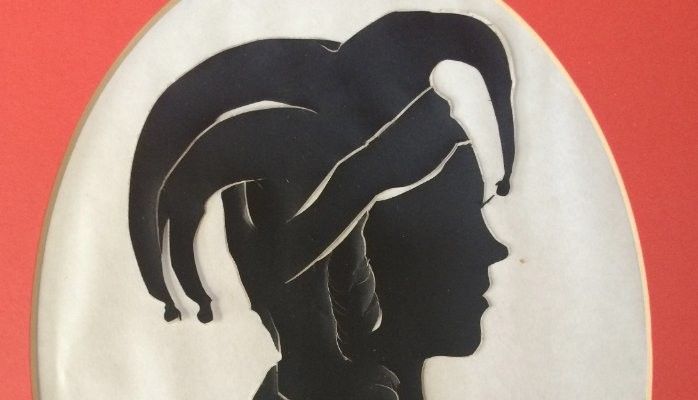
What years of working as a circus performer in Spain taught me about purpose-led leadership
Inspired by four years working as a street circus performer, Sarah Rozenthuler, author of Powered by Purpose, explores how to navigate a leadership challenge when technical know-how, expert solutions and routine management run out of track
After graduating from the University of Nottingham with my degree in psychology, I headed off to Spain in an old campervan. I had abandoned an offer to do a PhD and intended to support myself by teaching English. This plan started to go awry, however, when my van was broken into and most of my possessions were stolen. I couldn’t find a job and my savings dwindled. I started hanging out in the streets of Valencia, meeting musicians, artisans and circus performers.
While my university certificates were hard earned, they couldn’t, unfortunately, feed me. My new companions, on the other hand, were all able to earn a living through doing circus shows, making music or creating handicrafts. As I was soon to be without a peseta in my purse, I followed their example and set about learning to juggle.
How to survive and thrive in a radically altered environment
Years later when I came across Ron Heifetz’s breakthrough concept of ‘adaptive change’ it helped me to frame the challenge that had faced me back in my twenties. In situations where we don’t know the answers, where we cannot apply expert knowledge or straightforward solutions, deep change is called for. Compared with technical challenges where we can use previous know-how, adaptive challenges call on us to mobilise ourselves to tackle tough problems in a new environment.
In their landmark Harvard Business Review article published in January 1997, Ron Heifetz and Donald Laurie state:
“Many efforts to transform organizations through mergers and acquisitions, restructuring, reengineering, and strategy falter because managers fail to grasp the requirements of adaptive work. They make the classic error of treating adaptive challenges like technical problems that can be solved by tough-minded senior executives.”
The authors outline several principles for leading adaptively. Common to all are finding new ways of operating in an environment of uncertainty – and flourish. Here I focus on three principles that apply to leaders facing situations with no ready answers. Central to this way of leading is being in touch with our purpose so that we survive and thrive.

1. Get on the balcony
Rather than get straight into action (our usual default setting), an adaptive challenge requires us to recognise the larger patterns at play. Heifetz and Laurie encourage us to move back and forth between the ‘balcony’ and the field of action. This enables us to see the wider context and to allow our observations to guide our actions.
One of the patterns I noticed as an aspiring street circus performer was that the most successful buskers pulled people into a circle. Rather than stand on the side of the street ‘doing time’ by juggling for passers-by, they would carefully select a pitch where they could create a ‘holding environment’ for their show. When people laughed, clapped and cheered together, this shared experience of being entertained seemed to lead effortlessly to landing money in the hat.
Another pattern was that the best buskers were not the ones who could juggle the most objects, but who could engage the crowd most fully. A real turning point came when a seasoned performer shared with me his top tip for a successful show: “Get a volunteer and you’ll double the money in your hat!” This led me to observe how the most successful shows were unpredictable, spontaneous and participative, but this was by careful design.
2. Run experiments
As my juggling skills slowly improved, I decided to experiment with selecting someone from the crowd to take part in my own embryonic show. I learnt to choose someone I’d had eye contact with as this small but significant connection paved the way for the rest of the show. If I chose someone who stood with his partner, I discovered that he was more likely to agree to participate. The volunteers who wore the smartest suits pulled the biggest crowd.
I also experimented with who I was. Dressing up as ‘Bufonita’ (‘Little Jester’), with bells on my hat and a red-and-green outfit, I felt ready to have some fun. I learnt that if my energy was flat, there was no show. I discovered that if I had a good ‘drop line’ when my juggling slipped, the crowd would be forgiving.
My experiments paid off. The finale of my show became ‘El Camino de la Muerte’ (‘The Road of Death’) when I’d juggle over the top of my volunteer, from feet to head, knives flashing in the dark to the roar of the crowd. Just as my mentor had forecast, I did indeed double the money in my hat – and more. Compared with ‘doing time’ at the side of the street, I was now earning 20 times as much. By experimenting, I had struck gold.

3. Start with ‘why’
Adaptive change is a product of incremental experiments that build up over time. It took me four years to develop a successful solo street show. Progress takes time and requires persistence as we ‘re-arrange’ our tried-and-tested ways of working.
Meeting the technical challenge of learning to juggle was fairly straightforward. I mastered three balls, then three plastic batons, followed by three fire batons and eventually three knives. To meet the ‘adaptive’ challenge of putting together a street circus show, it was a different story. There was no manual, no rulebook and no clear-cut path to follow. Getting to grips with pulling a crowd, entertaining a crowd and then passing the hat was something that I had to muddle my way through learning.
Looking back, what helped most of all was having a clear purpose. When I diverted my focus from how much money I’d collect in the hat to how much I enjoyed making people smile and children laugh, I’d find my energy to go out and do another show. The buskers who were overly serious about their craft never pulled the big crowds, but those of us who had fun did.
As Simon Sinek reminds us in his best-selling book, Start with Why, ‘People don’t buy what you do, they buy why you do it.’ Through sharing the ups and downs of street life, I gradually learnt that purpose was my anchor and connected me to my energy source. When we’re connected with our why, we can re-pattern old beliefs and learn new behaviours, and the show goes on!
Author of Powered by Purpose, Sarah Rozenthuler is a leadership consultant, chartered psychologist, and dialogue who coaches CEOs and their teams to lead more purposefully and communicate more effectively. She is also co-facilitating a six-week Activating Purpose-Led Leadership online programme for business leaders, executive coaches and community leaders wishing to create resilient organisations and engaged teams through harnessing the power of purpose.





